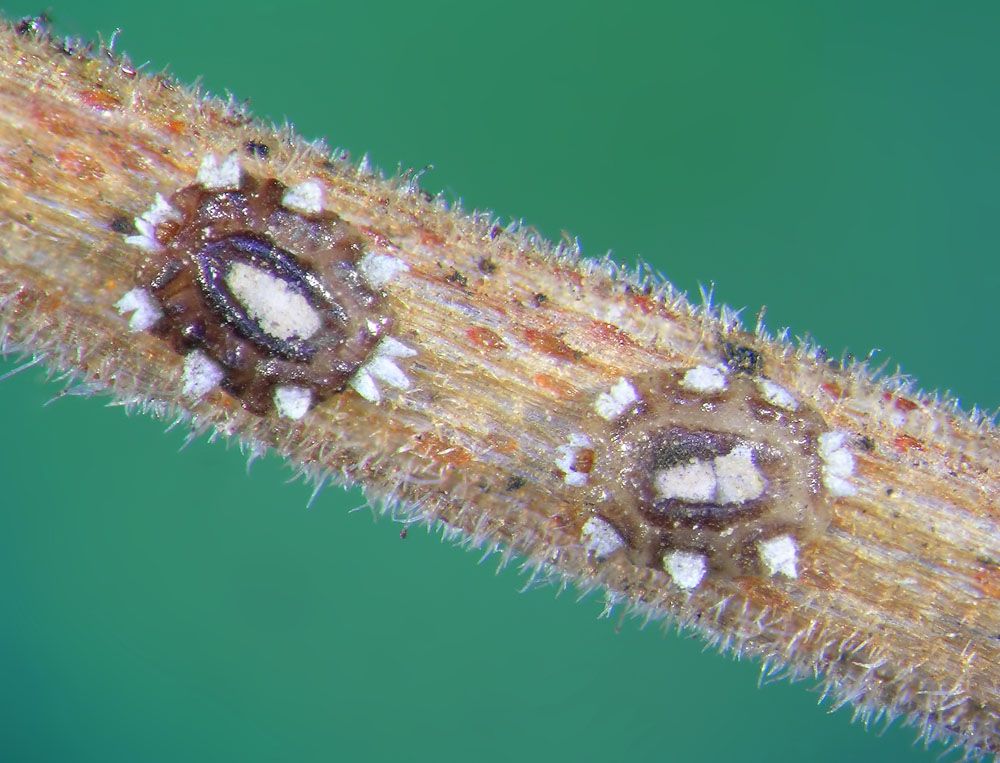
Florida Wax Scale – Cerosplastes floridensis
Florida Wax Scale: Appearance, Territory, Damage and Life
Latin name: Ceroplastes floridensis
Appearances: Adult female Florida wax scales are elliptical, reddish brown, and have a short anal process. Their dimensions are 2 to 4 mm in length and 1 to 3.5 mm in width. Each female has a body that is reddish and covered in a thick layer of wax that is pinkish-white in color. In this species, males are unknown. The pink to dark red eggs is placed behind the waxy covering of the adult female scale. The legs of the initial instars are functioning and pink in hue. The wax that the second and third instars secrete around them gives them the appearance of stars.
Host plants: It is a serious pest of citrus and several ornamental and landscape plants, like holly.
Territory: Thought to have originated in the northern Neotropics, Florida wax scale is now found everywhere, including but not limited to the following nations: Africa, Asia, Australasia and the Pacific Islands, Central America and the Caribbean, and Europe.
Damage insect caused: The sooty mold fungi, which cover the fruits and leaves with a thick black mass, cause damage by secreting copious amounts of honeydew that is colonized by the fungus. As a result, branches dry out, leaves may fall off, and photosynthesis is diminished. Thick mats of sooty mold prevent fruit—especially grapefruits—from changing color, which lowers the fruit’s market value. Mango and avocado can also occasionally sustain harm.
Life cycle and habits: In Florida, the Florida wax scale has three generations, but its range is primarily two generations every year. About three to four months pass between each generation. April and May mark the start of the first generation, followed by July and August for the second, and October and November for the third. Three instars are present. First instars emerge from beneath the female after two to three weeks of egg development, disperse, and land on different leaves, stems, and twigs to start feeding and secreting wax all over their bodies. Scales that land on leaves frequently line up along the midrib of the leaf. Older nymphs have the ability to travel around within the same plant to look for fresh growth bursts to feed on.
